THINK







According to the Susan G. Komen Foundation, one in eight women in the United States will be diagnosed with breast cancer in their lifetime.
Breast cancer is the most common cancer among women in the U.S., accounting for 31 percent of newly diagnosed cancers.
About every 2 minutes, one case of breast cancer is diagnosed in the U.S.
In 2023, more than 297,000 new cases of invasive breast cancer are expected to be diagnosed in women in the U.S. and 2,800 cases in men.
In 2023, nearly 44,000 women and men in the U.S. are expected to die from breast cancer.
Improvements in early detection and treatment contributed to a 43 percent decline in the breast cancer death rate in the U.S. between 1989-2020.
In the U.S., breast cancer mortality is about 40 percent higher in Black women than in white women.
It’s estimated there were more than 168,000 women living with metastatic breast cancer in the U.S. in 2020 (most recent estimate available).
There are more than 4 million breast cancer survivors in the U.S.
Around the world, breast cancer is the most common cancer in women, according to the Susan G. Komen Foundation, with an estimated more than 2 million new cases recorded in 2020.
Breast cancer is the leading cause of cancer death in women around the world.
Every 46 seconds, somewhere in the world, someone dies from breast cancer. That’s more than 1,876 women and men every day.
In 2020, there were more than 7 million breast cancer survivors in the world.
According to the American Cancer Society, breast cancer mainly occurs in middle-aged or older women. In fact, the median age at the time of a breast cancer diagnosis is 62.
Though it’s possible for women far younger than 62 to be diagnosed with breast cancer, the ACS reports that only a very small number of women younger than 45 are diagnosed with the disease each year.
Despite the average age of onset being older than 60, breast cancer is highly treatable. The World Health Organization notes that breast cancer treatments routinely achieve survival probabilities of 90 percent or higher.
However, those probabilities decline considerably in lower-income countries where access to screening and other medical services is limited.
For example, the WHO notes that five-year survival rates for breast cancer routinely surpass 90% in highincome countries like the United States and Canada.
However, those rates are as low as 40% in South Africa, where early detection of the disease is less likely than it is in wealthier nations.
That disparity in survival rates underscores the need for greater resource allocation in lower-income countries, but also highlights the effectiveness of screening and other measures in high-income countries where women are taught to report any abnormalities with their breasts.
Breast cancer is the most commonly occurring cancer in women across the globe. According to the World Cancer Research Fund International, there more than 2.26 million new cases of breast cancer in women in 2020.
Such figures are sobering, but it’s important to recognize that breast cancer survival rates have improved dramatically in recent decades, providing hope to the millions of women who may be diagnosed with the disease in the years to come.
Various factors have helped to improve breast cancer survival rates, and education about the disease is certainly among them.
Women are their own greatest allies against breast cancer, and learning to spot its signs and symptoms is a great first step in the fight against this potentially deadly, yet treatable disease.
The American Cancer Society urges women to take note of how their breasts normally look and feel. That knowledge is vital because
it helps women recognize when something does not look or feel good to the touch with their breasts.

Screening alone may not be sufficient, as the American Cancer Society notes that mammograms do not find every breast cancer.
When women are well acquainted with how their breasts look and feel, they’re in better position to recognize any abnormalities, which may or may not be indicative of breast cancer.
The ACS reports that the following are some potential warning signs of breast cancer.
A new lump or mass – The ACS indicates that this is the most common symptom of breast cancer. A lump or mass that is cancerous is often painless, but is hard and has irregular edges. However, lumps caused by breast cancer also can be soft, round and tender. Some even cause pain.
Swelling – Some women experience swelling of all or part of a breast even if they don’t detect a lump.
Dimpling – The skin on the breast
may dimple. When this occurs, the skin on the breast sometimes mimics the look of an orange peel.
Pain – Pain on the breast or nipple could indicate breast cancer.
Retraction – Some women with breast cancer experience retraction, which occurs when the nipple turns inward.
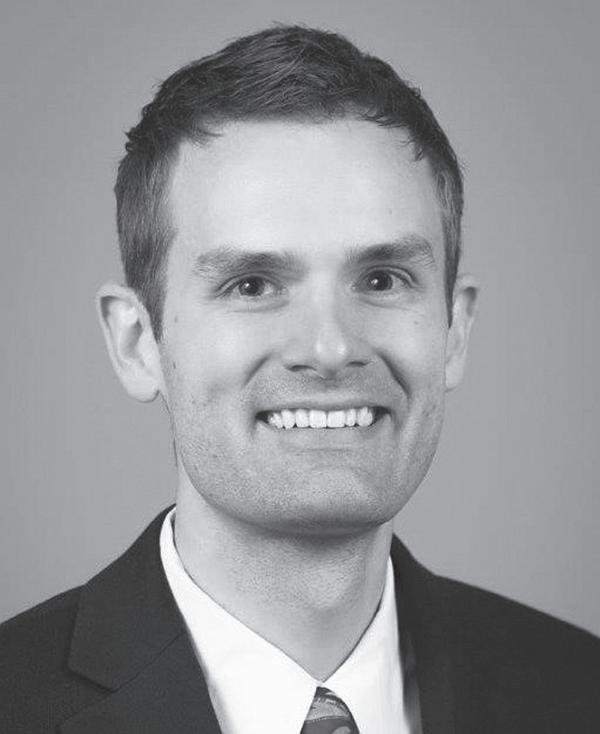

Skin abnormalities – Breast cancer may cause the skin on the breast to redden, dry out, flake, or thicken; and
Swollen lymph nodes – Some women with breast cancer experience swelling of the lymph nodes under the arm or near the collarbone.
The presence of any of the signs or symptoms listed above merit a trip to the doctor. Women with these symptoms should not immediately assume they have breast cancer, as the ACS notes that various symptoms of breast cancer also are indicative of non-cancerous conditions that affect the breasts.
Only a physician can diagnose breast cancer, which underscores the importance of reporting symptoms to a doctor immediately. (METRO CREATIVE)

Millions of women worldwide are diagnosed with breast cancer each year. Such a diagnosis is never welcome, but women should know that survival rates have improved dramatically in recent decades.
In fact, the World Health Organization reports that, by the end of 2020, nearly eight million women were living despite having been diagnosed with breast cancer at some point in the previous half decade.
One of the reasons for the improved survival rates is the efficacy of various treatments. The National Breast Cancer Foundation, Inc. notes that doctors have various options to treat breast cancer, and they often devise treatment plans that include some combination of treatments.
Though no one wants to imagine receiving a breast cancer diagnosis, understanding the potential treatments for the disease can help women and their families be more prepared should that day ever arrive. The following are three treatment options physicians may discuss with women as they begin devising ways to overcome the disease.
Chemotherapy is used to treat various cancers, including breast cancer. Chemotherapy employs various drugs to destroy cancer cells or slow their growth.
The drugs administered during chemotherapy are known as cytotoxic drugs and may be administered orally or intravenously. The NBCF notes that chemotherapy is offered to most patients, though doctors will consider a host of variables before deciding if chemotherapy is right for a given patient. Those variables include the type of tumor, its grade and its size.
During radiation treatments, high-energy
rays are used to kill cancer cells. Only cells in the part of the body that is being treated with radiation are affected, so patients needn’t worry that other parts of their body will be hit with radiation.
The NBCF reports that patients diagnosed with Stage 0 and most diagnosed with Stage 1 invasive cancer or higher can expect doctors to prescribe radiation therapy. Women who have had a lumpectomy also are likely to be prescribed radiation. Two main kinds of radiation are generally considered for breast cancer patients. External beam breast cancer radiation treatment delivers cancer-killing rays through a large machine. Internal breast cancer radiation is a newer treatment that injects radioactive cancer-killing treatments into the affected area.
The NBCF reports that targeted therapy is commonly used in combination with traditional chemotherapy. Targeted therapy attacks specific breast cancer cells without harming normal cells, which is why it tends to produce less severe side effects than chemotherapy treatments.
Targeted therapy employs drugs to block the growth of cancer cells in very specific ways. One example cited by the NBCF is the drug Trastuzumab, or Herceptin®, which is given to women whose breast tumors have too much of the abnormal protein HER2. Though the side effects of targeted therapies tend to be less severe, women may still experience issues like fever and chills, nausea, headaches, and other symptoms after drugs have been administered.
Women diagnosed with breast cancer are urged to play an active role in their treatments and ask any questions they might have before, during and after being treated.
Many side effects of breast cancer treatment, such as fatigue, go away shortly after treatment ends. However, the Susan G. Komen organization notes that some women experience late effects of cancer treatment, which are new side effects that present months or even years after treatment for breast cancer has ended.
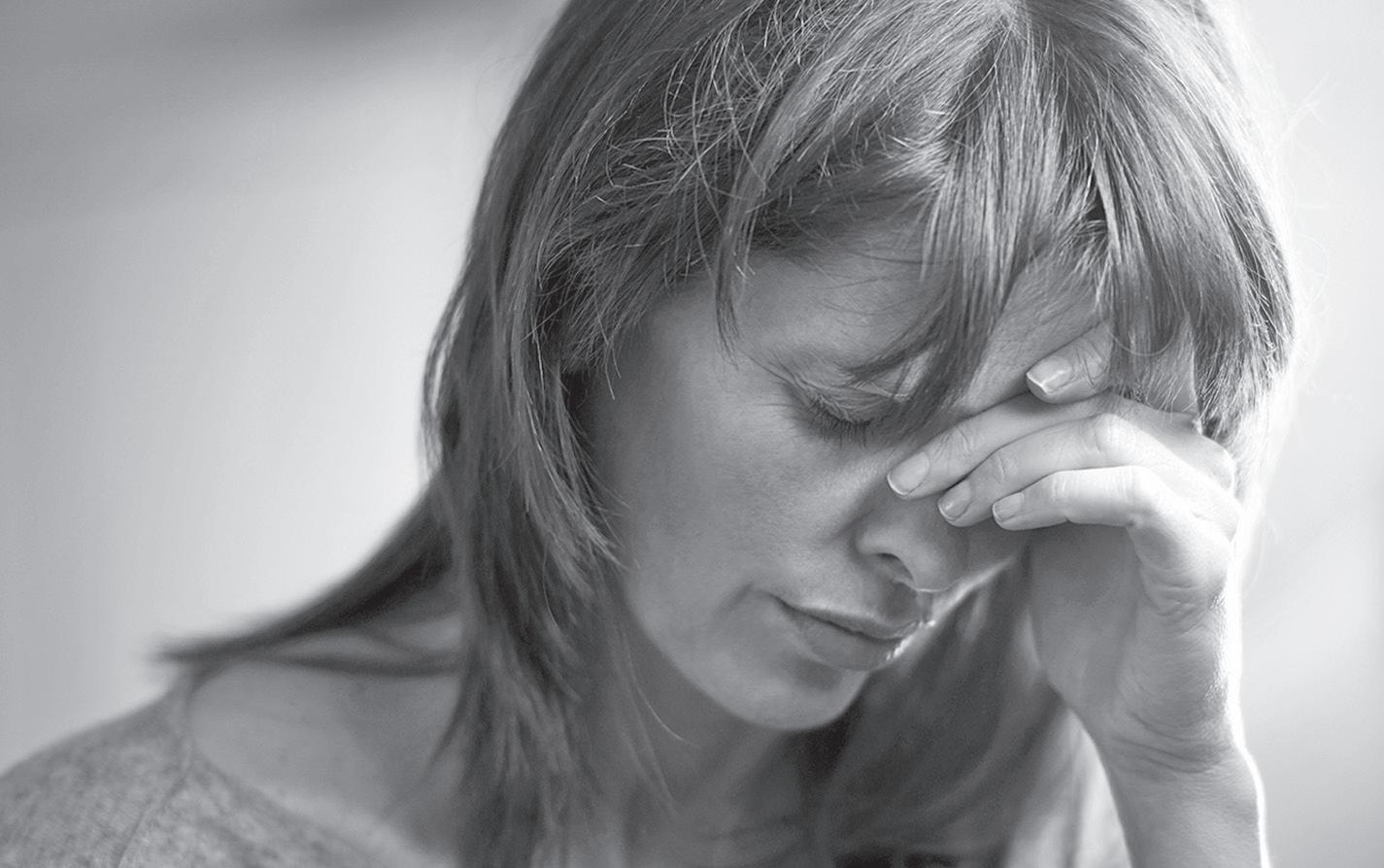
Late effects vary, and many breast cancer survivors experience no such symptoms. But according to Macmillan Cancer Support, a United Kingdombased organization devoted to supporting individuals living with cancer, some late effects may be permanent.
There’s no way of knowing who will experience late effects of breast cancer treatment. However, a 2019 study published in the Journal of Midwifery & Women’s Health indicated that as much as 90 percent of breast cancer survivors experience long-term consequences as a result of treatment.
Susan G. Komen notes that some of the more common late effects of breast cancer treatment include:
• Bone health problems
• Changes in the look and feel of the breast, including after lumpectomy, radiation therapy and/or reconstruc-tion
• Early menopause or meno-pausal symptoms, such as hot flashes
• Emotional distress and depression
• Fatigue or insomnia
• Fear of recurrence
• Infertility
• Joint and muscle pain
• Sexuality and intimacy issues
• Weight gain
Susan G. Komen notes that research into breast cancer care, including how to im-prove life for survivors, is ongoing. In the meantime, women undergoing treat-ment, those who have re-cently
completed treatment or even patients who have not received treatment in years but are experiencing the aforementioned side effects are urged to speak with their physicians about the various ways to improve quality of life should any of these symptoms appear or continue to present. More information about late effects of breast cancer treatment is available at komen.org.
(METRO CREATIVE)











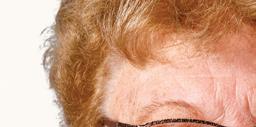


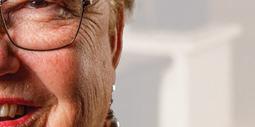

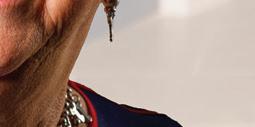
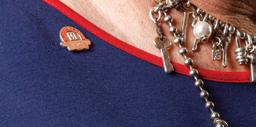










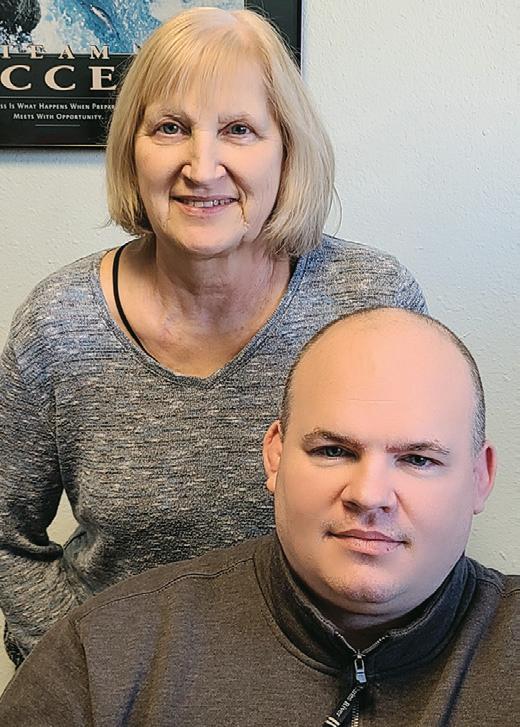
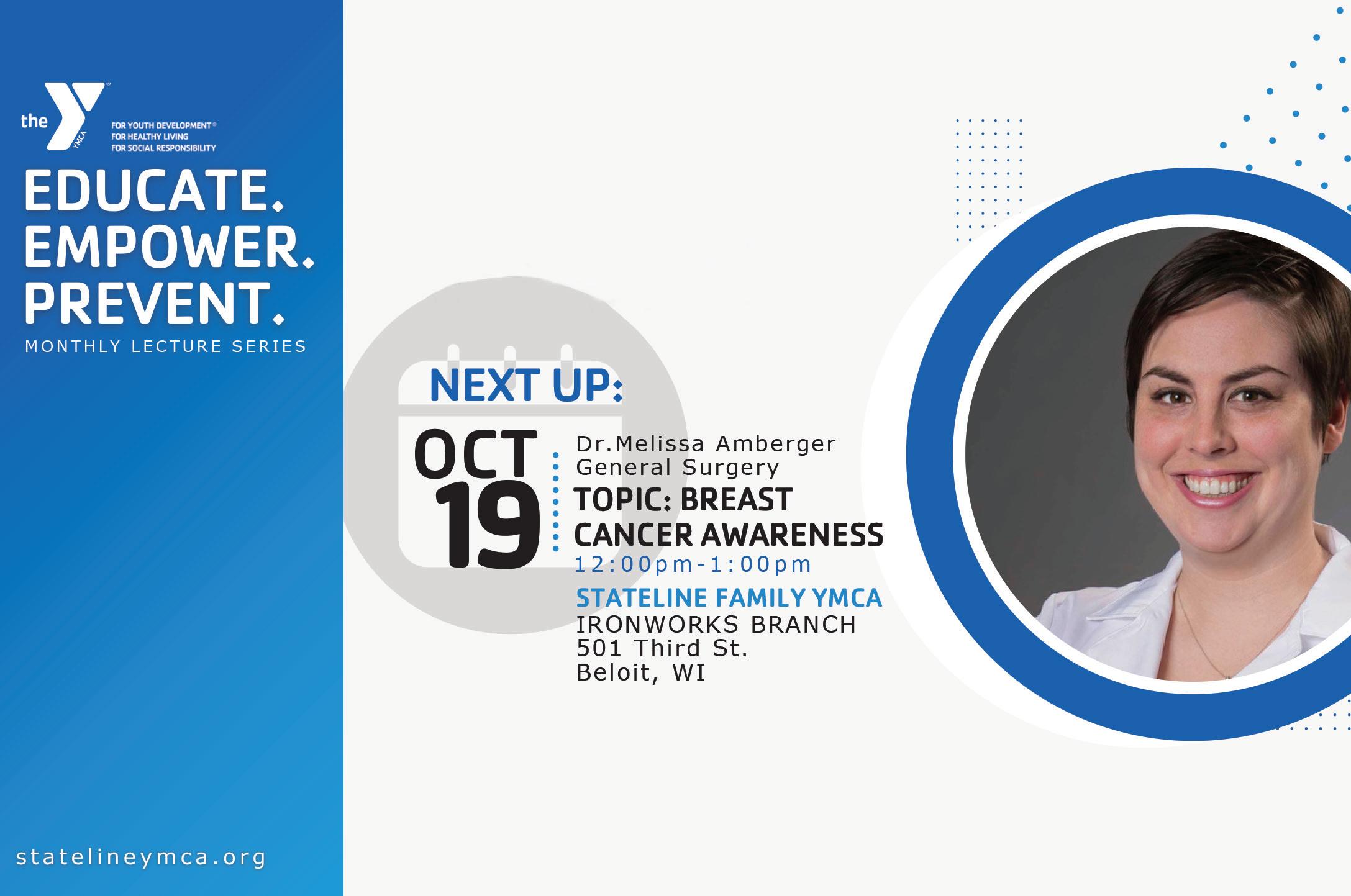

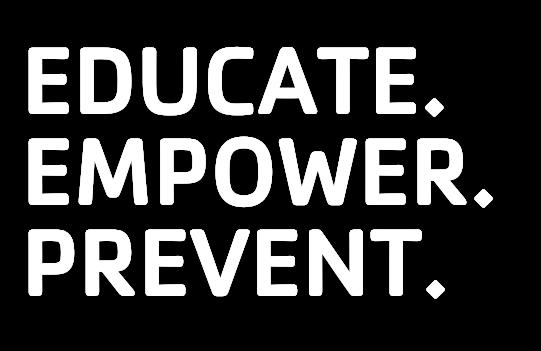




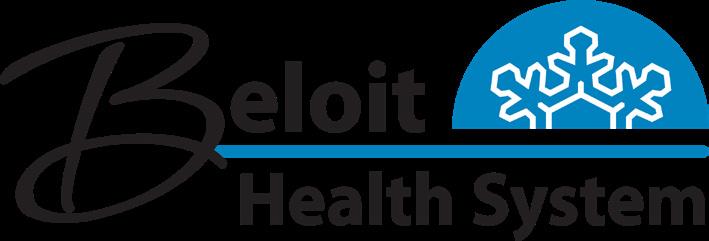
Efforts to educate women about breast cancer have helped raise awareness of the disease and just how treatable it is when detected early. Despite that, a diagnosis can still be difficult for women and their families.
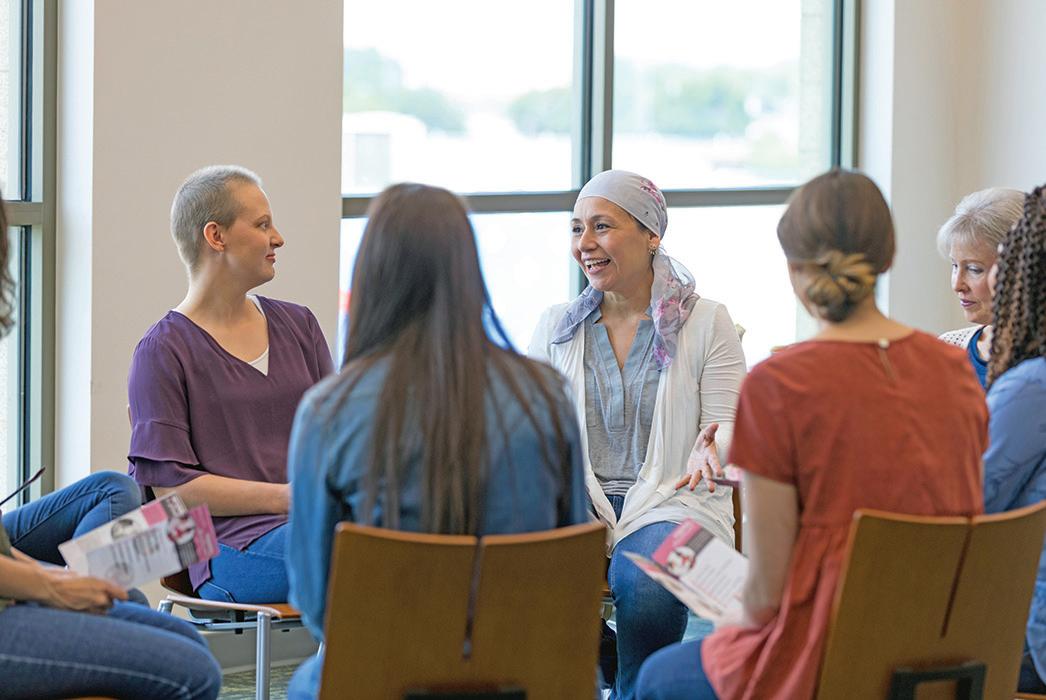
When someone close to you is affected by breast cancer, priorities will suddenly change and you may be wondering what you can do to provide the support needed to help this person navigate any ups and downs that could be on the horizon.
A breast cancer diagnosis does not produce a uniform response. While one loved one may embrace others wanting to help, another may feel she is a burden and exhibit an unwillingness to accept help.
In the latter instance, being a supportive bystander may require walking on eggshells.
Even still, there are some universal ways to lend support when a friend or a loved one has been diagnosed with cancer.

Cancer affects the body in a number of ways. Energy levels may decrease and certain symptoms may arise. Side effects from treatments also can make it difficult to continue with daily tasks.
An offer to help with tasks associated with daily living, such as cooking meals, gardening, washing clothes, or cleaning up around the house, can be practical and appreciated.
Approach the individual and ask

Individuals diagnosed with breast cancer may need a little extra love and support. It’s up to caregivers and friends to step up and provide what is needed.
Nothing matters more at the end of life than having the time to say the things that need to be said, and do the things that need to be done.
love and memories.

At Mercyhealth’s cancer centers, your well-being is top priority. Embrace your journey with renewed strength, heal at your own pace, and reignite the gentle passions that inspire you. Your path to healing is lovingly supported by us, every step of the way.
Learn more at cancer.mercyhealthsystem.org.
If you or someone you love is dealing with a serious illness, it’s important to know all of your options early - when it’s a choice, not a necessity.
Breast cancer can be an especially scary prospect for women with family histories of the disease. By familiarizing themselves with their risks for breast cancer, women can take the necessary steps to protect their long-term health.
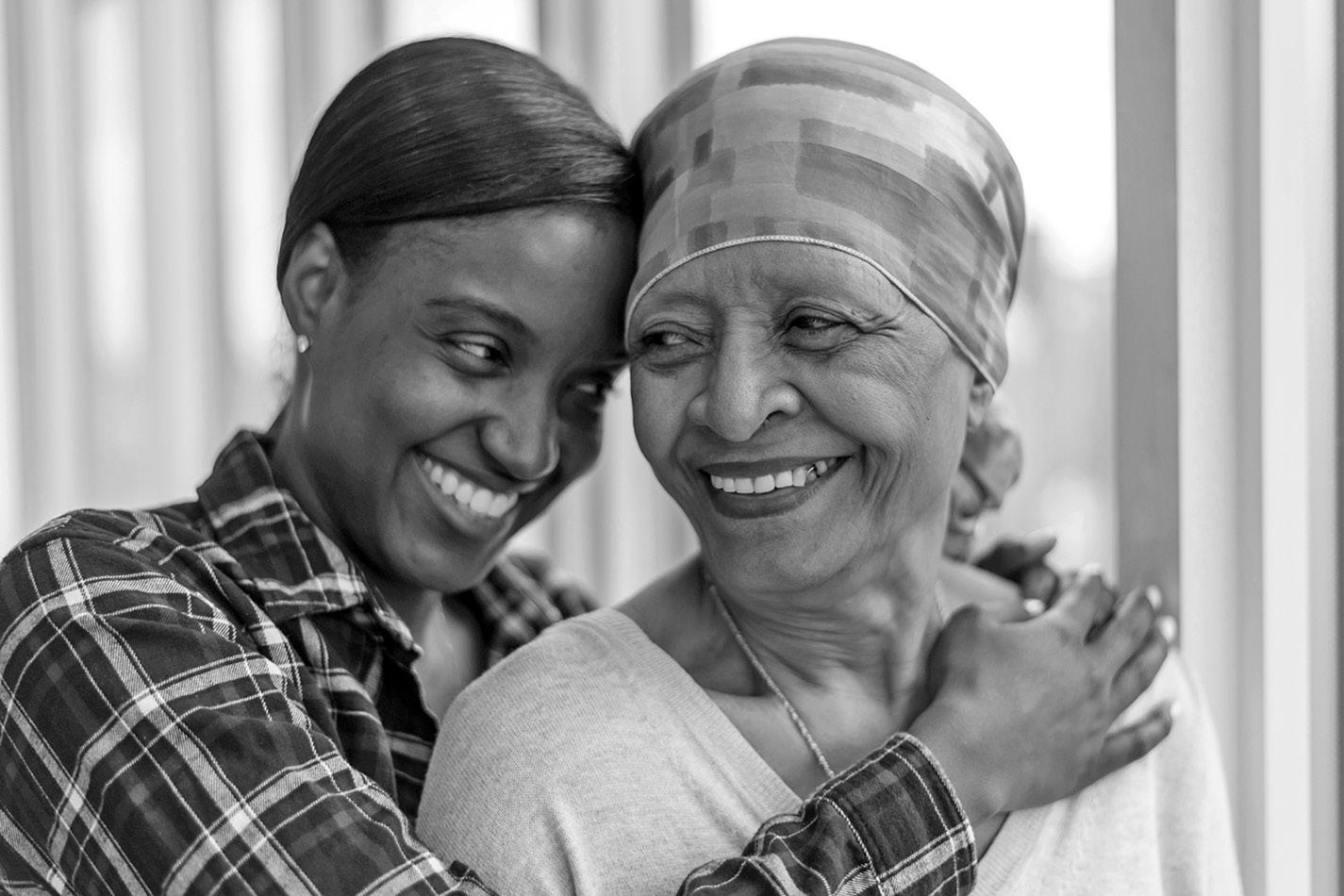
Millions of people across the globe will be diagnosed with breast cancer this year. In fact, only certain skin cancers affect more women than breast cancer within the United States and Canada.
The World Cancer Research Fund International says breast cancer is the most commonly diagnosed cancer in women across the globe. Belgium, the Netherlands and Luxembourg had the highest number of breast cancer cases in 2020, while Barbados and Fiji had the greatest number of deaths attributed to the disease. Some of these high case numbers may be attributed to women with family histories of breast cancer – something that increases risk significantly.
BreastCancer.org indicates that women with close relatives who have had breast cancer, such as sisters, mothers or grandmothers, are at considerably higher risk of developing breast cancer themselves. Also, breast cancer may occur at a younger age in women with family histories of the disease.
Understanding breast cancer risk is vital for women’s health. The following breakdown, courtesy of the Centers for Disease Control and Prevention, can help women from all backgrounds understand their risk for breast cancer.
Average risk
No first- or second-degree relatives with breast or ovarian cancer, or one seconddegree female relative with breast cancer
(in one breast only) diagnosed after age 50.
Moderate risk
This is a somewhat higher risk that may not turn into breast cancer. It occurs when there is one or two first-degree or two second-degree female relatives with breast cancer (in one breast only), with both relatives diagnosed after age 50; otherwise, one or two first- or seconddegree relatives with high-grade prostate cancer.
Women with strong risks have much higher chances of developing breast cancer than the general population. Conditions like having one or more first- or seconddegree relatives with breast cancer diagnosed at age 45 or younger, triple negative breast cancer, primary cancer of both breasts, and both breast and ovarian cancer in the same relative are warning signs of increased risk.
It’s important for women with increased risk for breast cancer due to family history to discuss options with their doctors. More frequent mammograms and other screening tests may be recommended, and screening at younger ages than the standard age also may be considered.
Women who are at high risk may be urged to undergo genetic counseling and testing for hereditary breast and ovarian cancer markers.
(METRO CREATIVE)
Breast cancer is a complex disease that affects millions of women across the globe each year. Though the American Cancer Society reports that only about 4 percent of women diagnosed with breast cancer in the United States are under age 40, women of all ages can take steps to protect themselves against this deadly disease.
Exercise benefits women in myriad ways, and that includes lowering their risk for breast cancer. The ACS notes that researchers are increasingly linking exercise to a reduced risk for breast cancer. Though the reasons behind that link remain unclear, some theorize that the positive effects of exercise on body weight, inflammation, hormones, and energy balance could be why regular physical activity helps women reduce their risk for breast cancer.
The National Cancer Institute reports that being obese after menopause can significantly increase a woman’s risk for breast cancer.
In addition, the ACS attributes the rise in hormone receptor-positive breast cancers to an increased prevalence of excessive body weight. Routine exercise is a highly effective way to lose weight and keep weight off, which in turn could lower women’s risk for breast cancer.
Exercise is a not a sedentary activity, and that could be another reason why women who are physically active have a lower risk for breast cancer. The ACS notes that more than one study has linked sitting time to a higher risk of various diseases, including breast cancer.
Researchers with the ACS analyzed data from 77,462 women, who they followed for an average of 15.8 years. None of the participants had cancer when the study started, but researchers found that women who sat for six or more hours per day during their free time had a 10 percent greater risk for invasive breast cancer than women who sat for less than three hours per day during free time.
The American Cancer Society reports that the five-year survival rate for all cancers combined that were diagnosed between 2009 and 2015 was 67 percent. That’s a noteworthy and encouraging statistic, though global figures compiled by Ourworldindata.org indicate that fiveyear survival rates following diagnosis are significantly lower in poorer countries.
In addition, the road to recovery for cancer patients typically does not end when treatments are completed.
The National Cancer Institute notes that many cancer survivors have indicated that information and support was abundant
during their treatment. However, once treatment stopped, a new wave of questions and uncertainty soon emerged.
For example, the NCI points out that many cancer survivors recognize that life after treatment is less about “getting back to normal” than it is about discovering the new normal.
In fact, the Memorial Sloan Ketting Cancer Center reports that most people indicate it takes between six and 12 months after they complete chemotherapy before they truly feel like themselves again.
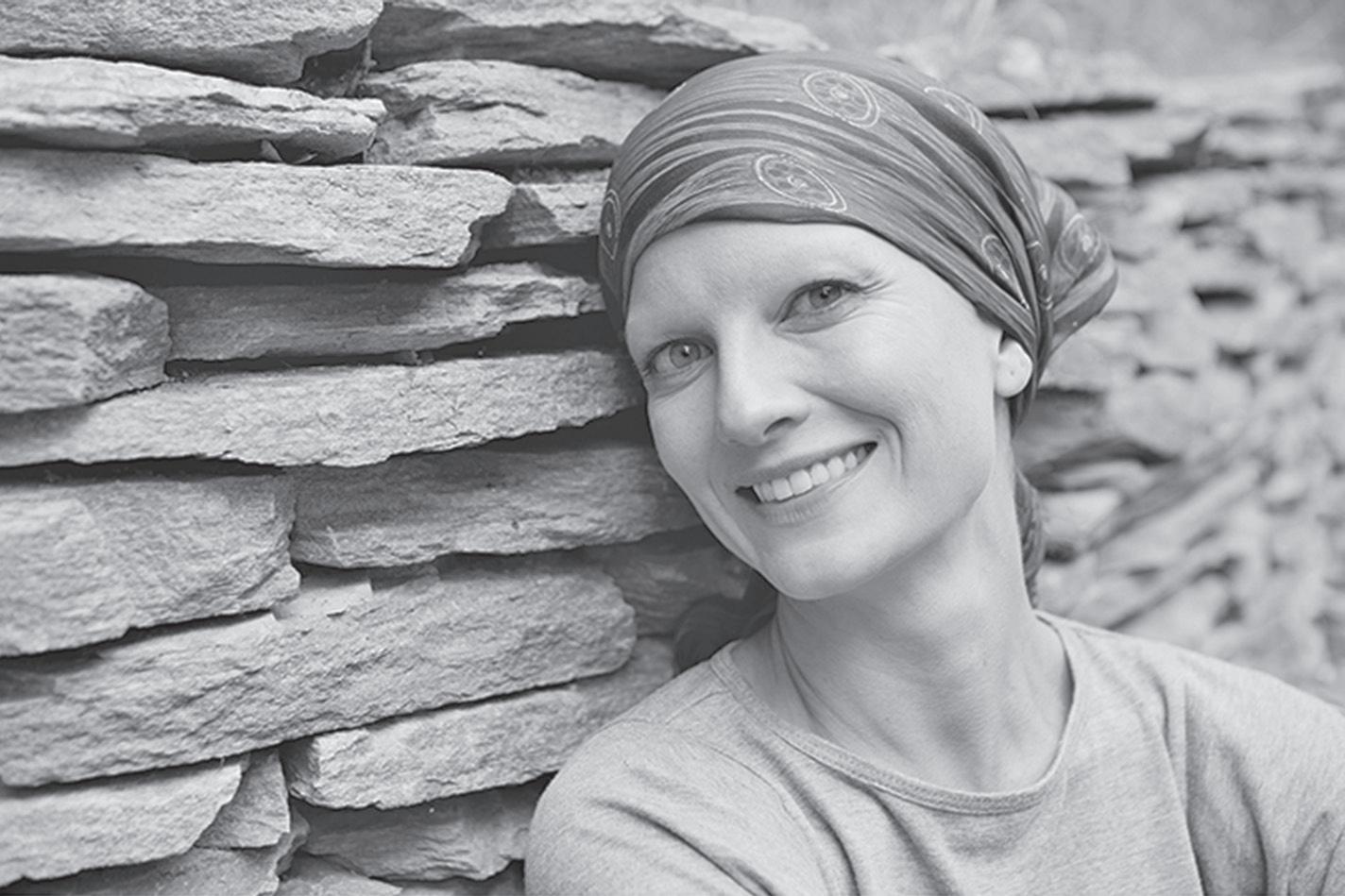
Follow-up care also is a vital part of
recovering from cancer. The NCI notes that cancer survivors typically return to the doctor every three to four months during the first two to three years after treatment. After that, survivors may see their doctors once or twice a year.
Follow-up care is vital for cancer survivors, as it provides their doctors an opportunity to determine if patients are experiencing any side effects from treatment. These appointments also allow doctors to determine if the cancer has returned or spread to other parts of the body.
In addition, follow-up visits provide an
opportunity for cancer survivors to bring up any symptoms or questions they might have.
Patients can ask about ways to reduce their risk of cancer recurrence and seek advice on getting back to normal, including how quickly they can begin exercising and how to approach new fitness regimens if they were inactive prior to diagnosis.
The road to recovery from cancer may be filled with uncertainty. But cancer survivors should recognize that millions before them have survived the disease and gone on to live full, happy lives.
(METRO CREATIVE)
way.
SUPPORT • CONTINUED FROM PAGE 5 questions in pointed ways. Rather than, “What can I do to help?” that may result in an answer of, “nothing” try to figure out a way to pitch in and then ask if that would be acceptable. This may be, “Would you like me to run to the supermarket for you today?”
Learn more
Research the type of cancer your loved one has, which may make it easier to understand what to expect.
If the person is amenable, you may consider accompanying her to appointments to hear firsthand about the
• CONTINUED FROM PAGE 6
The human body is complex, and a host of factors, including those like age that women have no control over, can affect cancer risk. However, engaging in routine physical activity seems to be an effective way for women to reduce their risk for
breast cancer. In fact, the Breast Cancer Research Foundation estimates that onethird of all breast cancer cases could be prevented with positive lifestyle choices that help women maintain a healthy weight, including exercise.
(METRO CREATIVE)
It’s never easy knowing someone you love is sick. They are going through their own emotional roller coaster, and support systems can lift their spirits by maintaining positive attitudes.
Avoid wearing rose-colored glasses but try to remain as upbeat as possible.
Someone with breast cancer may just need a person who can be there and listen if the person feels like talking.
A hug, a nod of understanding or even a companion who can chat and take the person’s mind off the cancer can be
immensely helpful.
Keep in mind that emotions may change on a dime, and some may be directed at support systems. While it can feel hurtful, remember the real reason for any outburst is the disease and patience is necessary at all times.
Professional support groups are great resources for coping with a cancer journey. Supporting a person with cancer takes its own unique toll, particularly when caring for a spouse, child or mother with breast cancer. Support groups for family and close friends of the person with cancer can be helpful.
(METRO CREATIVE)
A patient approach to recovery can help cancer survivors overcome any obstacles they may encounter along the

First Wednesday every Month
8:00 AM - 5:00 PM
October 14 & 21
8:00 - 11:00 AM
Beauty & The Bean coffee camper will be here on October 14 & 21! Receive a voucher for a free beverage with your mammogram.
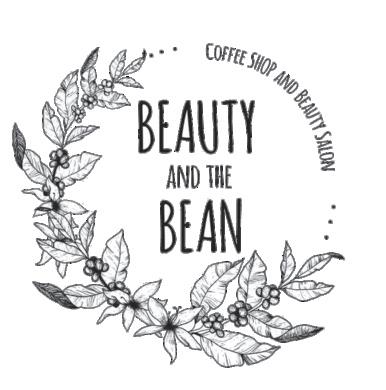
Location:
Fort Memorial Hospital

Imaging (Radiology) Department
611 Sherman Ave. East Fort Atkinson, WI 53538
Front entrance on Armenia Street
Screening mammograms only.
Patients seen on a first come, first serve basis. No provider referral needed. Please bring your insurance card. Screening vouchers available to those without coverage.
Eligibility Requirements:
Be 40 years of age or older.
Not have had a mammogram, breast biopsy, or breast surgery in the past year.
Not have had breast cancer in the last 2 years. Not have breast implants.

Not have any current breast problems or concerns. If you are experiencing concerns, please contact your physician.
www.FortHealthCare.com/find-a-doctor-2
For questions, please contact Imaging (Radiology) at (920) 568-5420.
Si tiene preguntas, póngase en contacto con Imagen (Radiología) al (920) 568-5420.
¡El vehículo de café de Beauty & The Bean estará aquí el 14 y 21 de octubre! Reciba un vale para una bebida gratis con su mamografía.
Ubicación:
Hospital Fort Memorial Departamento de Imagen (Rediología)
611 Sherman Ave. East Fort Atkinson, WI 53538
Entrada frontal por Armenia Street
Solo mamografías de detección.
Las pacientes son atendidas por orden de llegada. No se necesita referencia de un proveedor. Traiga su tarjeta de seguro. Vales para detección disponibles para quienes no tengen cobertura.
Requisitos de elegibilidad:
Tener 40 años o más.
No haberse sometido a una mamografía, biopsia de mama, o cirugía de mama en el último año. No haber tenido cáncer de mama en los últimos 2 años. No tener implantes mamarios.
No tener ningún problema o preocupación actual sobre las mamas. Si tiene alguna preocupación, póngase en contacto con su médico.
www.FortHealthCare.com/find-a-doctor-2